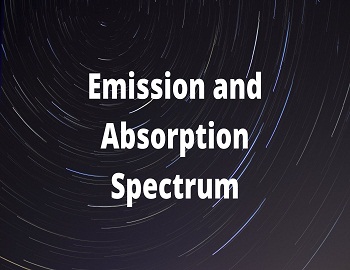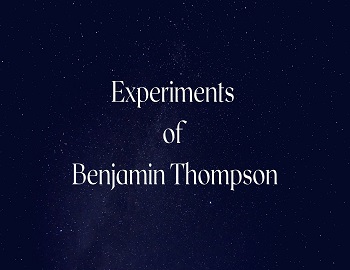Table of Contents
Second and Third Law of Thermodynamics:
Second Law of Thermodynamics:
The second law of thermodynamics introduces the concept of entropy and its relation with spontaneous processes.
Statement of Second Law of Thermodynamics:
Statement 1: The entropy of the universe always increase in the course of a spontaneous process.
i.e. ΔStotal = ΔSsystem + ΔSsurroundings > 0
Statement 2: All spontaneous or naturally occurring processes are thermodynamically irreversible. For example- non-reacting gases mix up with each other to increase the entropy of the constituting molecules but these can not get separated from the mixture.
Statement 3: Without the help of an external agency, a spontaneous process cannot be reversed. For example- heat energy can flow from a hot body to a cold body of its own but not from a cold body to a hotter body.
Statement 4: The entropy of an isolated system must increase if it is to be a spontaneous process.
Statement 5: In a non-isolated system, the total entropy of both the system and surroundings must increase.
i.e. ΔSsystem + ΔSsurroundings > 0
Combined statement of first and second law of thermodynamics:
“The energy of the universe is conserved whereas the entropy of the universe always increase in any natural or spontaneous process”.
Third Law of Thermodynamics:
The third law of thermodynamics deals with the entropies of the perfect crystalline substances at absolute zero temperature. According to the third law of thermodynamics-
“At absolute zero (0K) the entropy of a perfectly crystalline substance is taken as zero”.
This law was first formulated by German chemist Nernst in 1906. Since entropy is related to the disorder, therefore, according to the third law, at absolute zero, there is the least disorder i.e. there is perfect order and, therefore, the entropy at perfect order is taken as zero. It may be noted that this law is true only for those substances which exist in the perfectly crystalline form at 0K.
Utility/Significance of Third Law of Thermodynamics:
The third law of thermodynamics helps to calculate the absolute entropies of pure substances at different temperatures. The entropy (S) of the substance at different temperature ‘T’ may be calculated by the measurement of heat capacity changes. If S0 be the entropy of the substance at 0K and ST be its entropy at ‘T’ K, then-

When the entropy of one mole of the substance is expressed at a standard state, it is called the standard molar entropy of the substance and is denoted as Sm0. The standard entropy change (ΔrS0) for a chemical reaction is the difference in molar entropy between the products and the reactants in their standard rates. It may be expressed as-
ΔrS0 = Sum of the standard entropies of products – Sum of the standard entropies of reactants
or ΔrS0 = ΣS0 (products) – ΣS0 (reactants)
- Important Concepts in Thermodynamics
- Enthalpy and Entropy
- Heat and Work
- Spontaneous and Non-Spontaneous Process
- What is Crystal Lattice and Unit Cell?
- Imperfections or Defects in Solids
- Modern ABC of Chemistry Class-12 Part I & Part II (Set of 2 Books)









Comments (No)